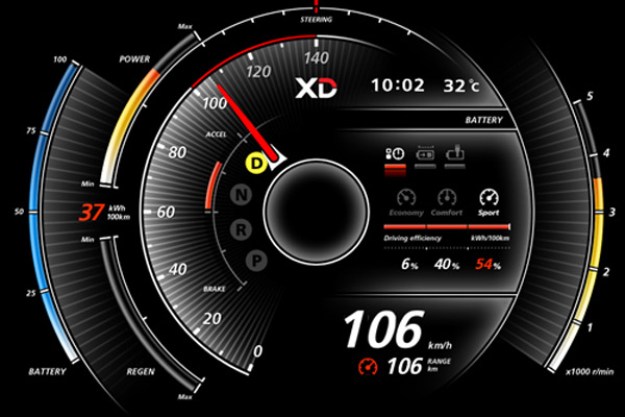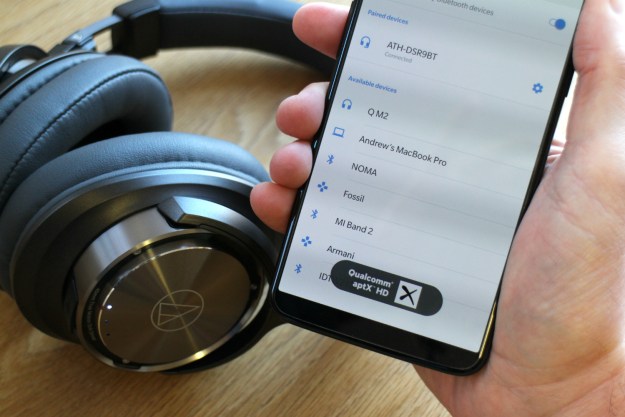Earlier in 2016, Marshall released its first set of Bluetooth headphones. They certainly looked the part, with an exterior that instantly brought its legendary amplifiers to mind. The more surprising part was how good they sounded, especially at the price point. Now Marshall has released another set of wireless headphones that decreases the size but keeps everything else cranked to 11.
Unlike the Major II Bluetooth headphones, the Marshall Mid Bluetooth opt for an on-ear design, cutting down the bulk. The company’s signature black and gold look is still here, as is the plush headband and ear cushions that made the company’s previous wireless cans so comfortable.
Despite the overall smaller size of the headphones, they pack in the same size of drivers as the Major II Bluetooth — 40mm to be exact — and claim the same frequency range of 10 kHz to 20 kHz. We cannot speak to the sound here, but if it is anything similar to Marshall’s previous set of
While the style was certainly welcome, one of the most impressive features of the Major II Bluetooth was the 30-hour battery life. Thankfully, Marshall has kept that feature with the Mid Bluetooth, meaning listeners can easily cruise through an entire day without having to reach for the included Micro USB cable. In case you actually do run out of battery — or if you simply do not want to go wireless — a 3.5mm cable is included and the headphones will work passively.
The headphones feature aptX for improved sound quality and lip sync when watching movies and offer the standard range of up to 30 feet. The analog control knob featured on the company’s previous
The Marshall Mid Bluetooth headphones are available through select retailers and online for $200.
Editors' Recommendations
- Marshall’s latest headphones get 100 hours of battery life and wireless charging
- JBL upgrades its 2024 wireless headphones with massive battery life
- Dali says its latest wireless headphones achieve electrostatic levels of clarity
- Niche Canadian company takes on Sony with new wireless earbuds and headphones
- The first wireless hi-res headphones with UWB will arrive in 2024


